|
"That's the thing with my two other births... I was really into it... I timed my labour, I counted the hours, but this time I didn't count it. I just treated it as a normal day." Grace, mother of three, on her early labour.
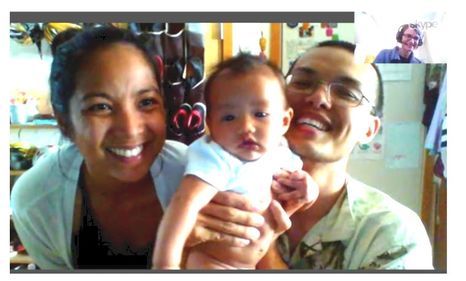 Grace and Ritchie with their third child Grace and Ritchie with their third child
Later that evening in the birth pool during her brief active labour, her husband Ritchie witnessed her as being "her most powerful and natural self."
But this experience didn't just drop into Grace's hands. Her two previous births were extremely challenging, leaving her with huge doubts about herself and her body's ability to give birth. With this pregnancy, Grace focused on nourishing herself physically, finding continuity of care that would suit her and her family's needs, and perhaps most importantly - address her emotional fears, as you'll hear in this podcast.
You can find out more about the importance of continuity of care, birthing hormones and how the physical environment impedes (or enhances) their release here:
And if you'd like to hear my first ever interview with Ritchie former US Navy officer turned student midwife and father of three, it's right here.
- Sally
1 Comment
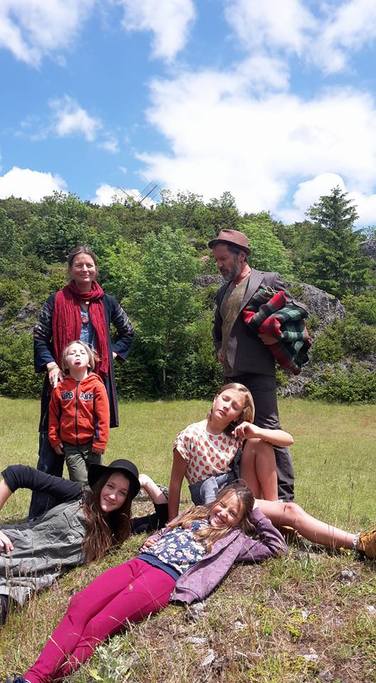
“Because in the end, you won’t remember the time you spent working in the office or mowing your lawn. Climb that goddamn mountain.”― Jack Kerouac
This episode of Pregnancy Birth and Beyond we climb that mountain with our guest Taneal Cadou-Blake. Taneal and her family recently returned to their home town of Byron Bay, Australia, after three and a half years of travel and living abroad. We hear how Taneal, her husband Lalo and their four youngest children packed up all their belongings, took the plunge and set off abroad on a family adventure. With one backpack each the Cadou-Blake family set off to discover a life full of wonder and beauty across Asia and Europe. You might think it costs a lot of money to travel, especially with four children, however, this family with it's roots in gypsy life show us that even on a shoe-string budget travel is possible. Taneal shares with us some extended travel tips, kids education and a different kind of education and some unexpected but happy surprises along the way.
“Do not follow where the path may lead. Go instead where there is no path and leave a trail” -Ralph Waldo Emerson
Images of the Cadou-Blake traveling family home.
Even a unplanned wedding, after 17 years of being together, in true French gypsy style. Lalo, Taneal pictured here with their five children.
“One’s destination is never a place, but a new way of seeing things.” -Henry Miller
After three and a half years the Cadou-Blake family, all a little more grown up and all a little more wiser begin their travel journey back to their home town of Byron Bay in Australia.
AuthorThis episode and blog post of Pregnancy Birth and Beyond show was produced and hosted by Lara Martin with co-host Sally Cusack. 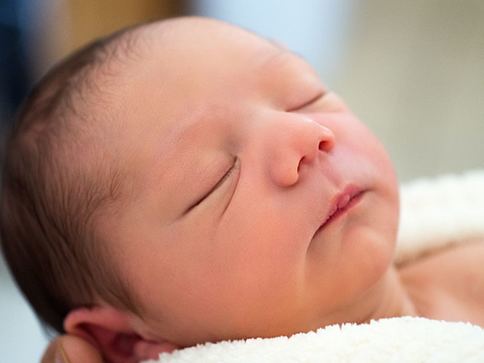 Image credit: Photo by Jake Peterson on Unsplash Image credit: Photo by Jake Peterson on Unsplash
It can seem surprising that the one therapy can treat so many different issues, but as mother of two and PBB presenter Kimberley Lipschus puts it "I go to a craniosacral therapist before I go to any doctor."
A big claim, but whenever she puts her back out, when she was struggling with fertility issues, when her baby was well overdue and not well positioned in utero, craniosacral therapy (CST) keeps delivering results. "They were treating inflammation in my body... and I have two children now" says Kimberley. It wasn't the only therapy she used during this period, but she credits the results in large part to CST. She also believes it allowed her to have a vaginal birth after caesarean (VBAC) for her second birth. "And it's so gentle, you can hardly feel their manipulations." So, I was keen to know more. Chris Teale, Craniosacral therapist and Physiotherapist explains in this new podcast how CST works, and how a crucial aspect of this modality is its holistic approach in which a person's emotional state is considered, as well as their physical issues. This can be particularly powerful for unsettled, colicky, refluxy babies. Through her career Chris has treated about 1000 babies and has come to see how many of these babies are suffering from birth trauma, either from a medicalised birth, but also from unmedicalised births, which might have been very quick, or very long.
During sessions "you can acknowledge to the baby that... it (the birth) wasn't how they wanted... and the mother too is also feeling sad, so you've got these two energies caught up in this emotion, and there's no validation" says Chris. CST takes all this into account when treating the physical condition.
CST is an osteopathic technique developed initially by the father of Osteopathy, Andrew Still in the late 1880's who discovered through personal experimentation that our cranial bones do not fuse in adult life, that in fact we keep a certain amount of movement or 'give' in between the cranial sutures. In the 1930's William Sutherland developed CST further, followed by John Upledger, who coined the term "CranioSacral Therapy" in the 1970's when he discovered the link between the membranes in the head, the dura in the spine, which leads all the way down to the sacrum. CST differs to other techniques such as Craniopathy and Sacral Occipital techniques, as it works with the and membranes not just bony structures of the craniosacral system. There are numerous ways to be trained in CST, but not all craniosacral therapists have foundation training in anatomy prior to their accreditation. If you want to find a therapist with anatomical training as well, such as physiotherapy or osteopathy, one way to find them is via the Upledger Institute website (for your country). After speaking with Chris, and hearing of Kimberley's experiences with CST, I reckon I'll be off to find a craniosacral therapist next time I have a health issue. Sally Cusack |
Details
NE PLUS ULTRA
AuthorsThe authors of this segment are varied, each post will indicate the author of that particular post. For more information about our team, visit here Archives
February 2019
Categories |
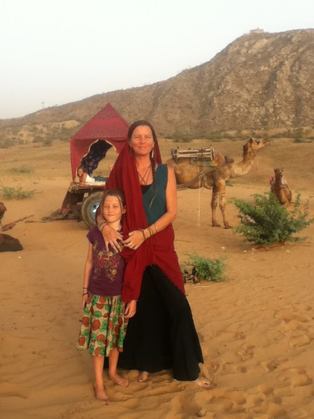
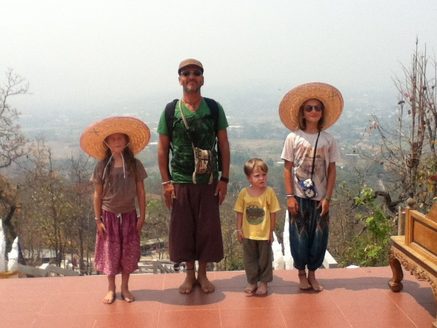
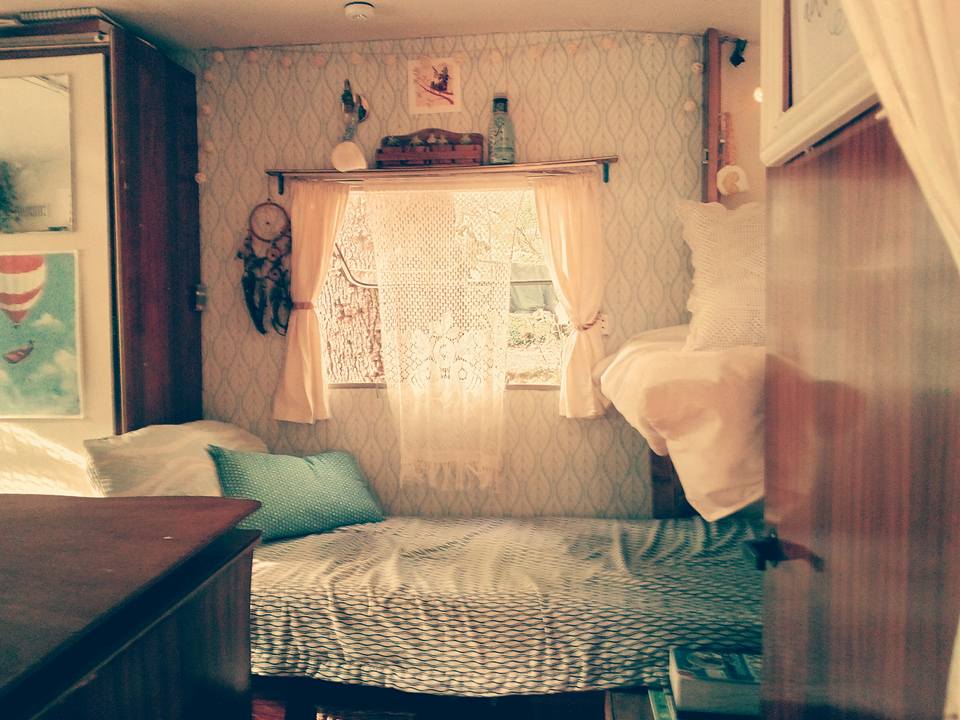
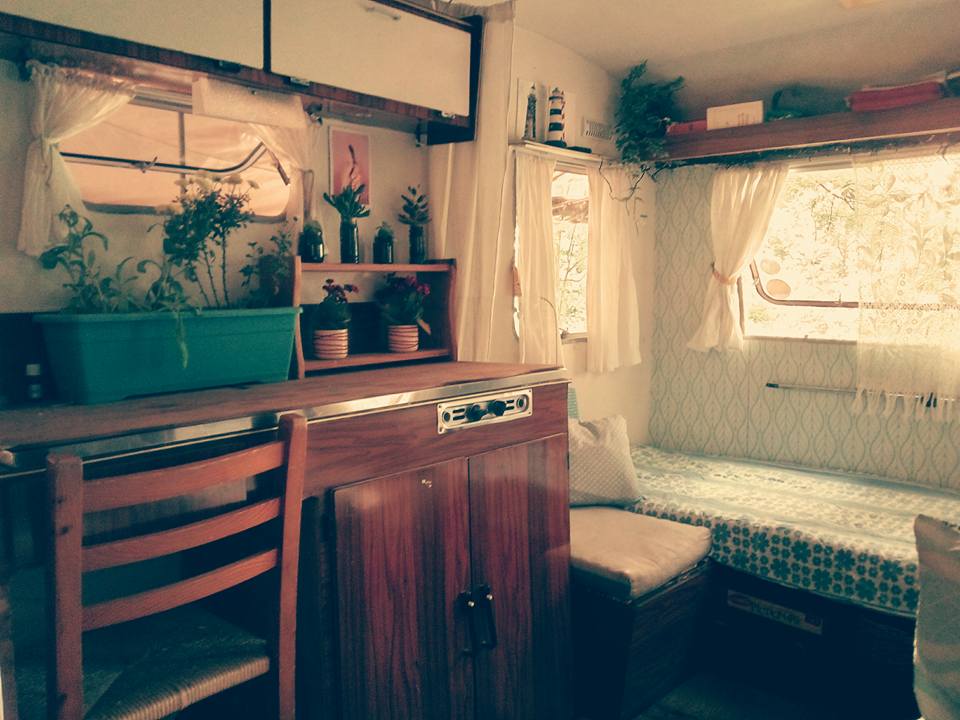
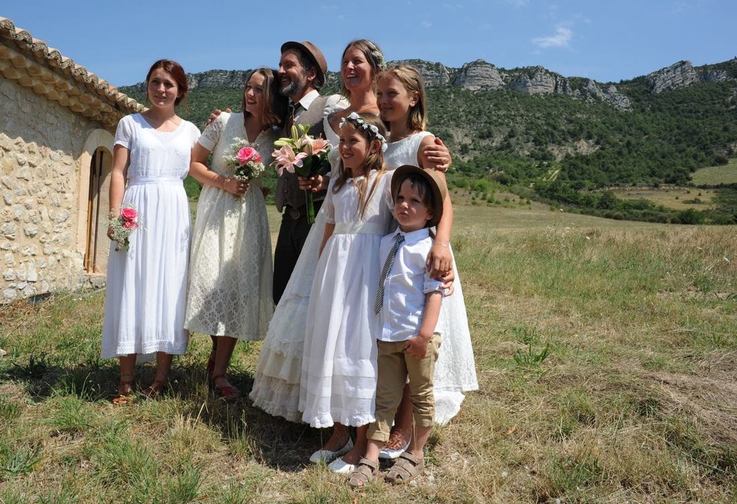
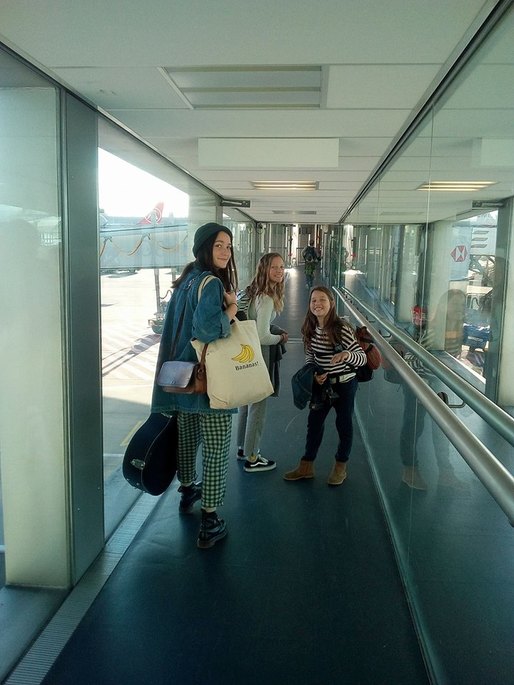
 RSS Feed
RSS Feed